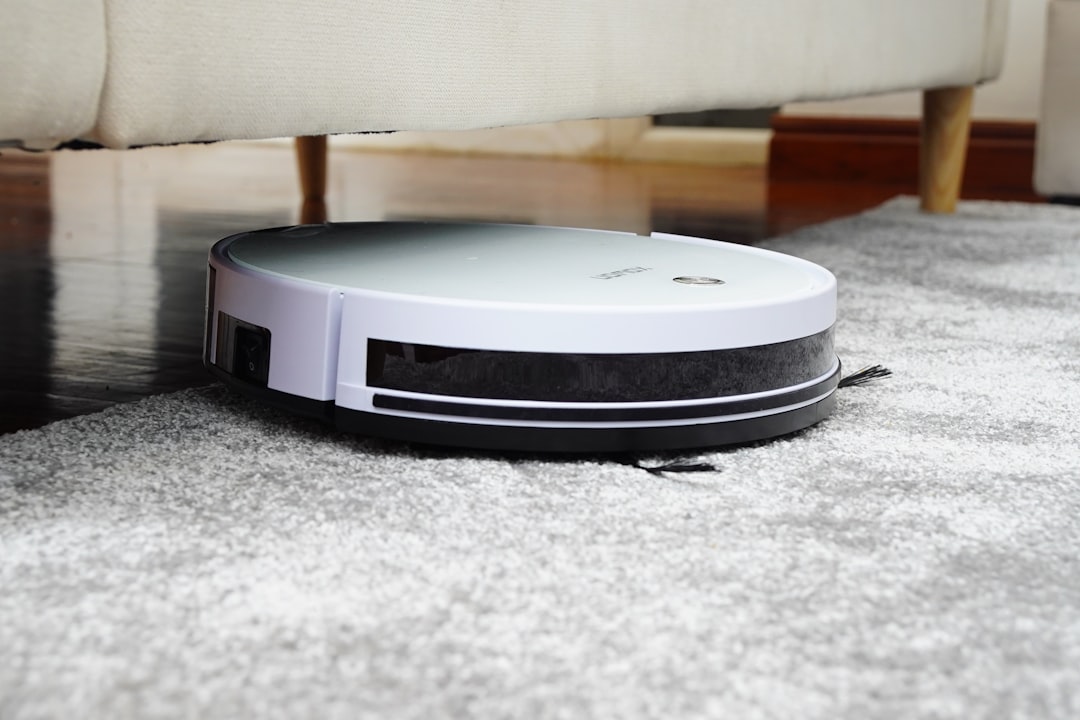What is it about?
Post-treatment of anaerobic reactor effluent with maturation ponds is a good option for small to medium-sized communities in tropical climates. The treatment line investigated, operating in Brazil, with an equivalent capacity to treat domestic sewage from 250 inhabitants, comprised a upflow anaerobic sludge blanket reactor followed by two shallow maturation ponds (unbaffled and baffled) and a granular rock filter (decreasing grain size) in series, requiring an area of only 1.5 m2 inhabitant−1. With an overall hydraulic retention time of only 6.7 days, the performance was excellent for a natural treatment system. Based on over two years of continuous monitoring, median removal efficiencies were: biochemical oxygen demand = 93%, chemical oxygen demand = 79%, total suspended solids = 87%, ammonia = 43% and Escherichia coli = 6.1 log units. The final effluent complied with European discharge standards and WHO guidelines for some forms of irrigation, and appeared to be a suitable alternative for treating domestic sewage for small communities in warm areas, especially in developing countries. KEYWORDS: Sewage, granular rock filter, shallow maturation ponds, baffled pond, UASB reactor.
Featured Image
Why is it important?
Wastewater treatment concepts and technology have come a long way, with considerable advances, where not so long ago (more or less 100 years) raw sewage (RS) was directly dumped in water courses or oceans. Unfortunately, this is still a reality in many small to medium-sized communities, especially in developing countries. Low-cost, easy maintenance and simple to implement wastewater treatment plants (WWTPs) can help to resolve this problem and natural treatment systems are considered an attractive alternative when compared to more expensive and resource-consuming treatment lines, such as activated sludge, aerated biofilters and biodiscs. Waste stabilisation ponds (WSPs) are used around the world in temperate and warm climate countries to treat domestic sewage for millions of people and are recommended by WHO.
Perspectives
The following conclusions can be made: - The overall treatment system provided a very good overall removal of organic matter and suspended solids, with the following median removal efficiencies: total BOD = 93%; particulate BOD = 98%; total COD = 79%; particulate COD = 79%; TSS = 87%; - The first pond of the series had at least 40% of its volume occupied with sludge, but still presented good removal efficiencies, proving its robustness; - The second pond produced the desired results in terms of E. coli removal, considering its low HRT and shallow depth. The overall removal of 6.1 log units was excellent, considering the low HRT of 6.7 days employed for a natural treatment system; - The GRoF was beneficial in the treatment line and increased removal efficiencies of organic matter and solids, leading to the following median final effluent concentrations: total BOD = 17 mg L−1; particulate BOD = 2 mg L−1; total COD = 79 mg L−1; particulate COD = 52 mg L−1; TSS = 25 mg L−1; - Shallow depths, low HRT and baffles are recommended for reduced areas where wastewater disinfection in pond systems is necessary, while the presence of a GRoF provides low effluent concentrations of suspended solids and organic matter. - The overall treatment line complied with European discharge standards for stabilisation pond systems, as well as with some practices of restricted and unrestricted irrigation, according to WHO guidelines. Therefore, this system is recommended to treat domestic sewage from small communities in warm areas, especially in developing countries.
Calebe Rodrigues Soares Santos
Simple system, upgraded and tested in a real environment
Dr Daniel F.C. Dias
Brunel University
Read the Original
This page is a summary of: Performance evaluation of a natural treatment system for small communities, composed of a UASB reactor, maturation ponds (baffled and unbaffled) and a granular rock filter in series, Environmental Technology, March 2017, Taylor & Francis,
DOI: 10.1080/09593330.2017.1304456.
You can read the full text:
Contributors
The following have contributed to this page










